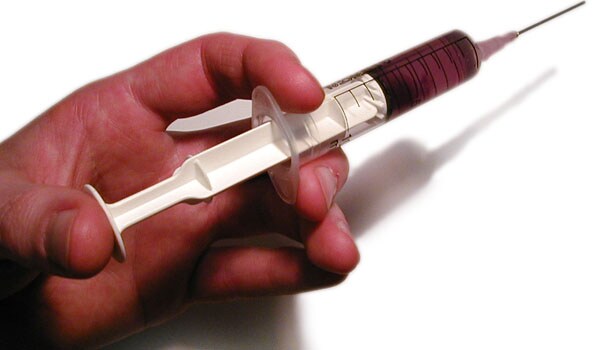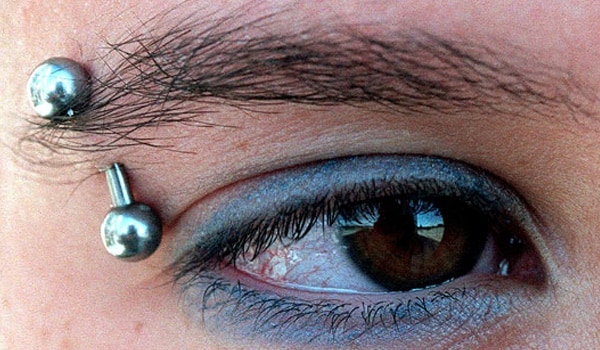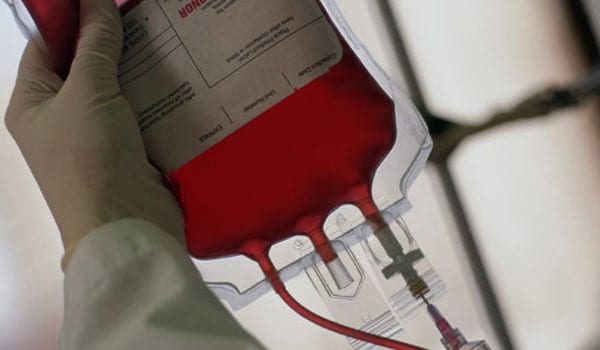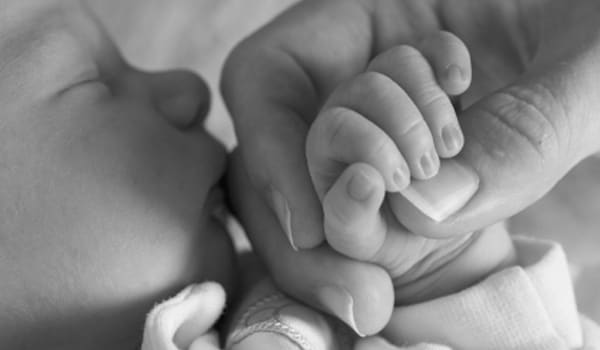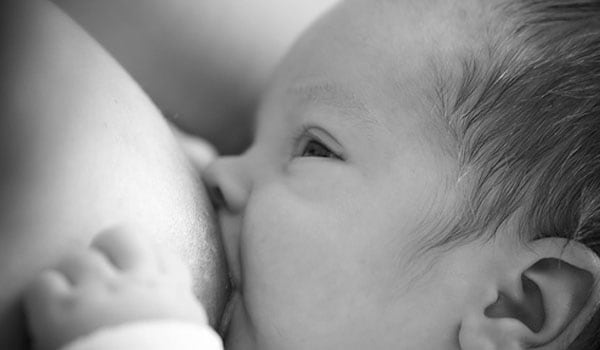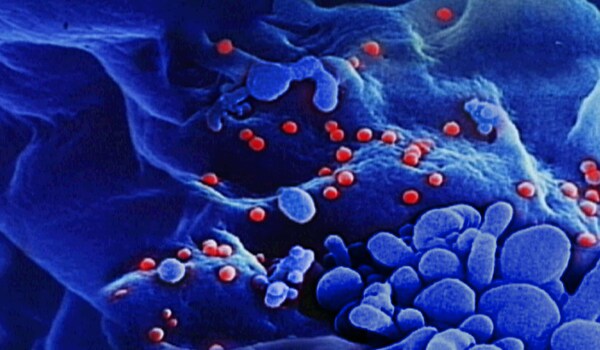Health Photos
-
Most cases of HIV result from unprotected penetrative sexual contact with an infected person. Avoiding unprotected or unsafe sex and taking precautions like using a condom can protect one from sexually transmitted infections including HIV.
-
HIV can also be acquired when infected blood enters the persons' blood by sharing needles.
-
A risk of HIV transmission does exist in case of body piercing if instruments contaminated with blood are either not sterilised or disinfected or are used inappropriately.
-
Blood transfusions are done to replace blood lost during surgery or due to a serious injury. In some cases, the infected virus may be transmitted through blood and blood products that you receive in blood transfusions.
-
The transmission of the virus from the mother to the child can occur during pregnancy and at childbirth. Around 90% of all children living with HIV acquired the infection from their mothers during pregnancy, birth or breastfeeding.
-
Breastfeeding continues to be one of the primary routes of HIV transmission in the developing world. The World Health Organization (WHO) estimates that 150,000 babies around the world are infected via breastfeeding each year.
-
The risk of HIV transmission exists if the instruments used in making tattoos are not properly sterilised and disinfected.
-
HIV is a virus that infects people by getting inside their blood cells. To avoid getting HIV, you must prevent the blood, semen, vaginal fluids, or breast milk of someone who is infected from entering your body through your mouth, vagina, anus, tip of your penis, or breaks in your skin.



